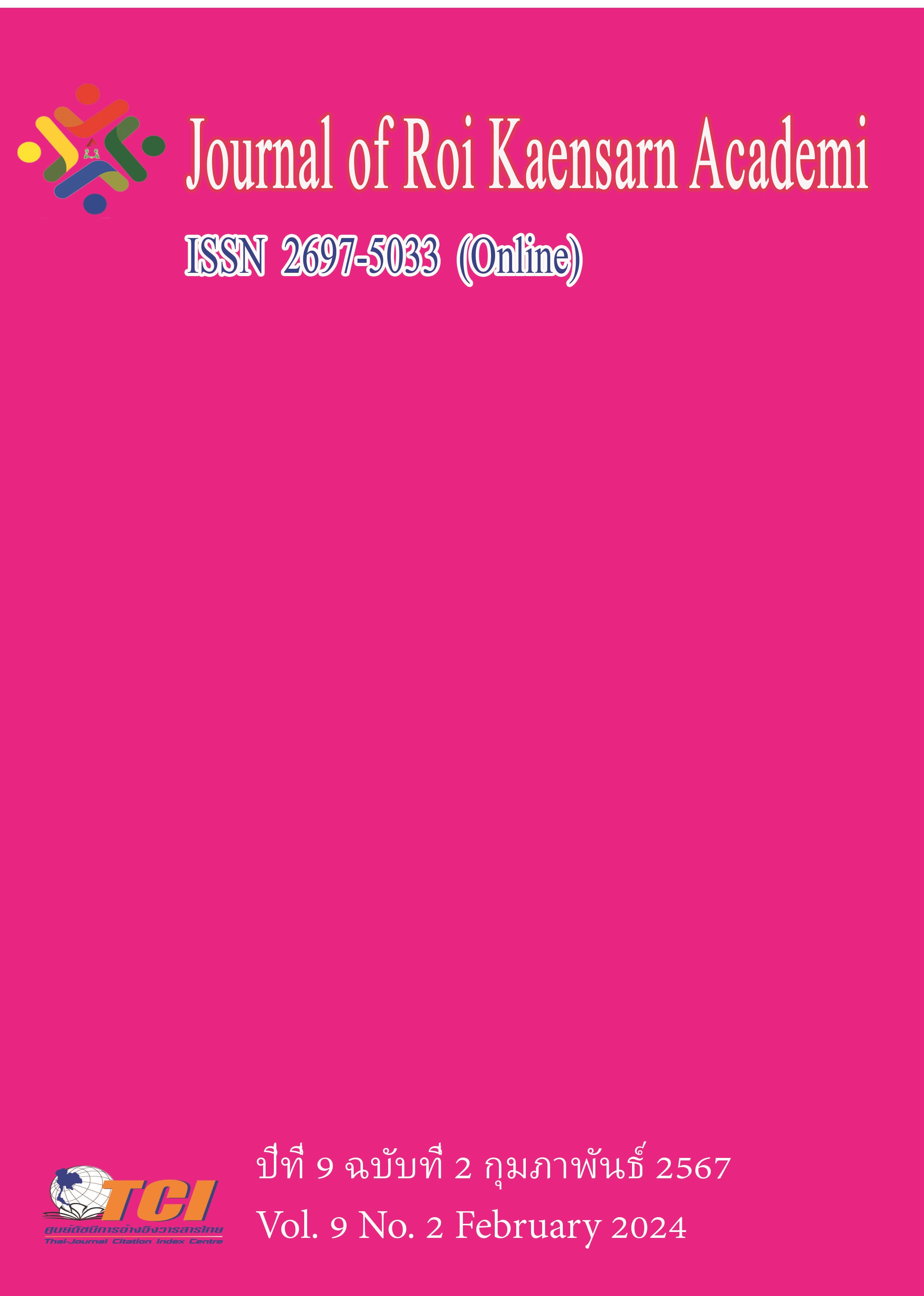Application of Source Analysis in Teaching Chinese as a Foreign Language
Main Article Content
บทคัดย่อ
In the teaching of Chinese as a foreign language, the most important link is the teaching of Chinese vocabulary. As one of the elements of teaching Chinese as a foreign language, vocabulary runs through all teaching stages and is included in various course types, and is in a pivotal position. After a period of study, it is easy for students to enter a "plateau area" of vocabulary learning. Therefore, it is particularly important for teachers to adopt appropriate teaching methods to overcome the "bottleneck period" of students' vocabulary learning. In the paper, on the basis of previous research, trying to explore the Chinese etymology theory applied to the foreign Chinese vocabulary teaching, through the comparative analysis of speech and semantic, the common source word together, can effectively help students to understand the connection between the Chinese words and the invisible meaning of words, so as to achieve the purpose of expanding students vocabulary.
Article Details
เอกสารอ้างอิง
Wang Li, (1982). Homology Dictionary [M], the Commercial Press, October 1982;
Yin Jiming, Introduction to Ganyiology [M], Shanghai Education Press, March 2003;
Yin Jiming, Chinese ([M], Oriental Publishing Center, January 2007;
Ren Jifang, Chinese etymology [M], Chongqing Press, May 2004;
Cui Yonghua, Language Teaching and Teaching of Chinese as a Foreign Language series [M], Beijing Language and Culture University Press, 1997.
Outline of Chinese proficiency vocabulary and Chinese characters [M], Economic Science Press, June 2001;
Zhang Bo, Systematic and Verification method of Chinese words [M], Commercial Press, July 2003;
Xun Liu, Introduction to Teaching Chinese as a Foreign Language [M], Beijing Language and Culture University Press, June 1997;
Zhang Xifeng, Chinese Ci Family Continuing Examination [M], Bashu Bookstore, May 2005;
Zhang Xifeng, Chinese Ci Family Three Examination [M], Beijing Language and Culture University Press, March 2004;
Zhang Bo, The Essence and Application of "morpheme Law" and "Language Block Law" [J], Language Teaching and Research, No.4,2017;
Zhang Bo, Two prerequisites for Improving the Efficiency of Chinese Second Language vocabulary Teaching [J], World Chinese Teaching, Vol. 32, No.2,2018;
Zhang Bo, homologous word, same family word family [J], Guyuan Teachers' College, no. 3,1991;
Zhang Bo, Progress and Existing Problems in Empirical Research on Chinese Second Language Teaching [J], International Chinese Teaching Research, No.4,2019 (29-33);
Chen Xi, Thinking and Exploration on the Research of Chinese Character Teaching Method —— concurrently theory on Using Chinese character "Character family theory" to conduct Chinese characters teaching [J], thinking and exploration on the research of Chinese character teaching method, June 2001,3;
Li Tong, three major schools of vocabulary teaching in Chinese as a Foreign Language in the past decade [J], Language Application, 2005;
Zhao Wei, Research on the applicability of "morpheme Law" in Chinese as a second Language vocabulary Teaching [J], World Chinese Teaching, Vol. 30, No.2,2016;
Zhao Wei, Experimental Research on the Effect of morpheme Method on the vocabulary Ability of the Second Language [J], Chinese Learning, October 2018, No.5;
Zhao Wei, Comparative Study on the Teaching Effect of "morphemes" and "Context method" in Chinese Words [J], Language Teaching and Research, No.4,2017;
Bian Renhai, Discussion on advanced Chinese vocabulary teaching based on etymology analysis [J], Journal of Xinyang Normal University, September 2013,2013;
Li Runsheng, Comprehensive Research on Chinese Teaching vocabulary in a Foreign Language in recent years [J], Teaching and Research in Chinese Language, no. 2,2017;

